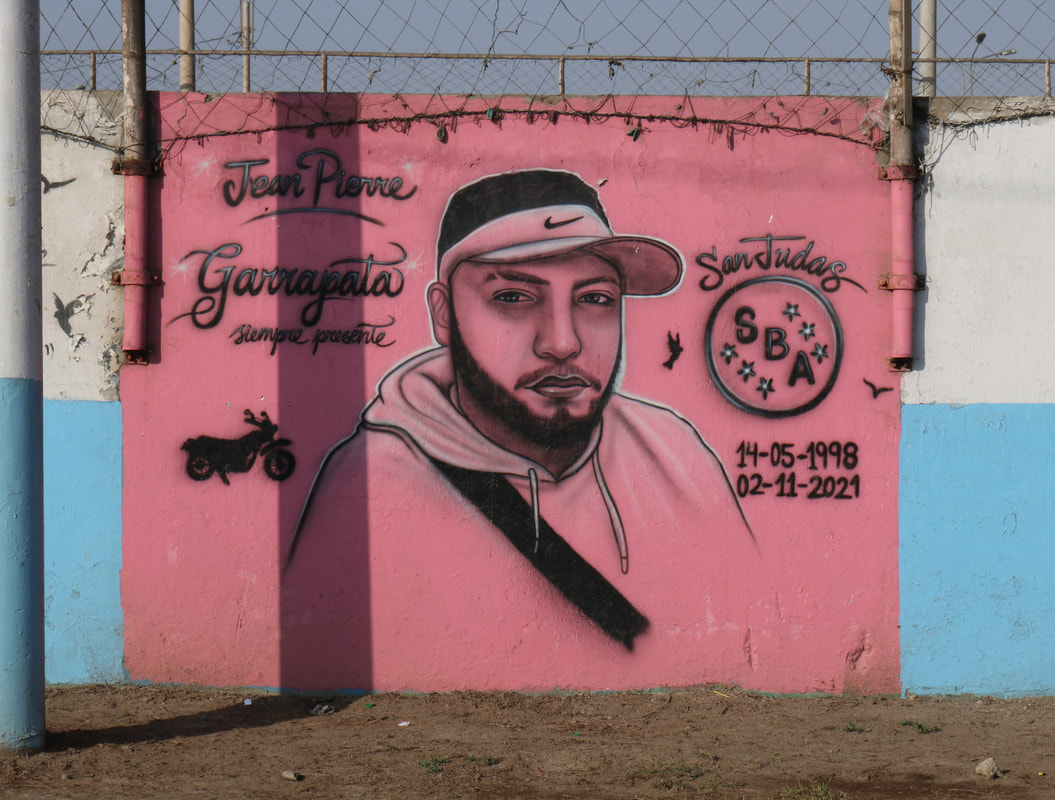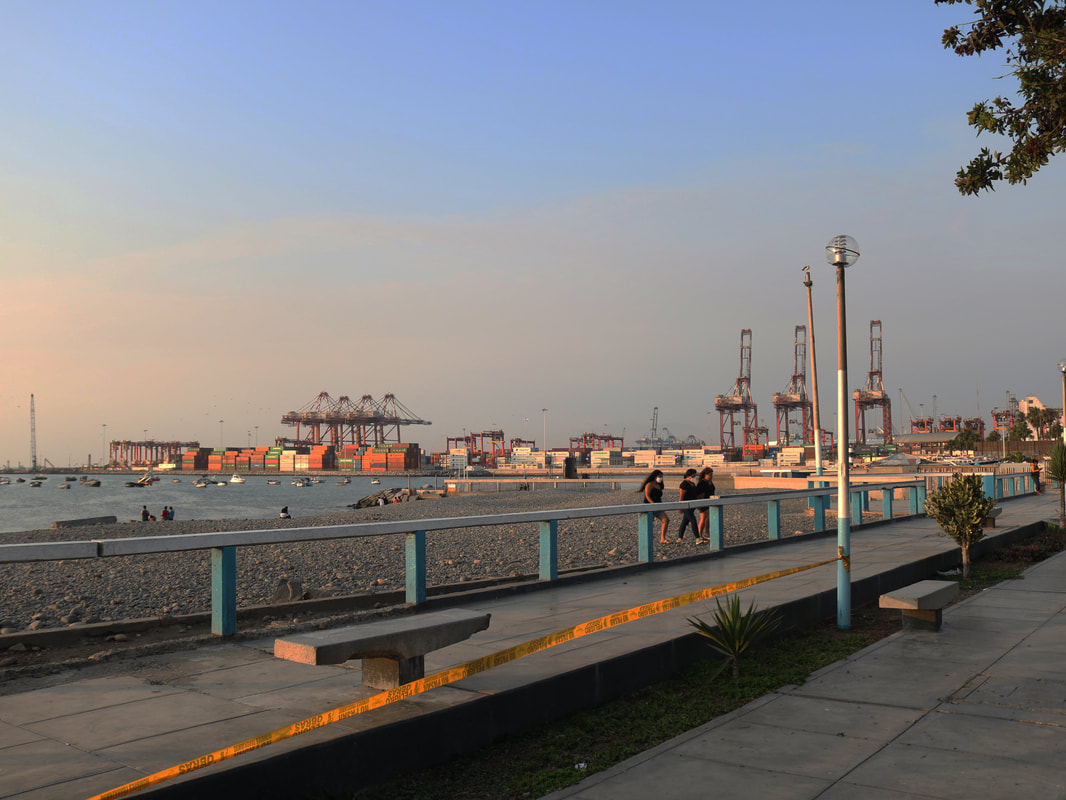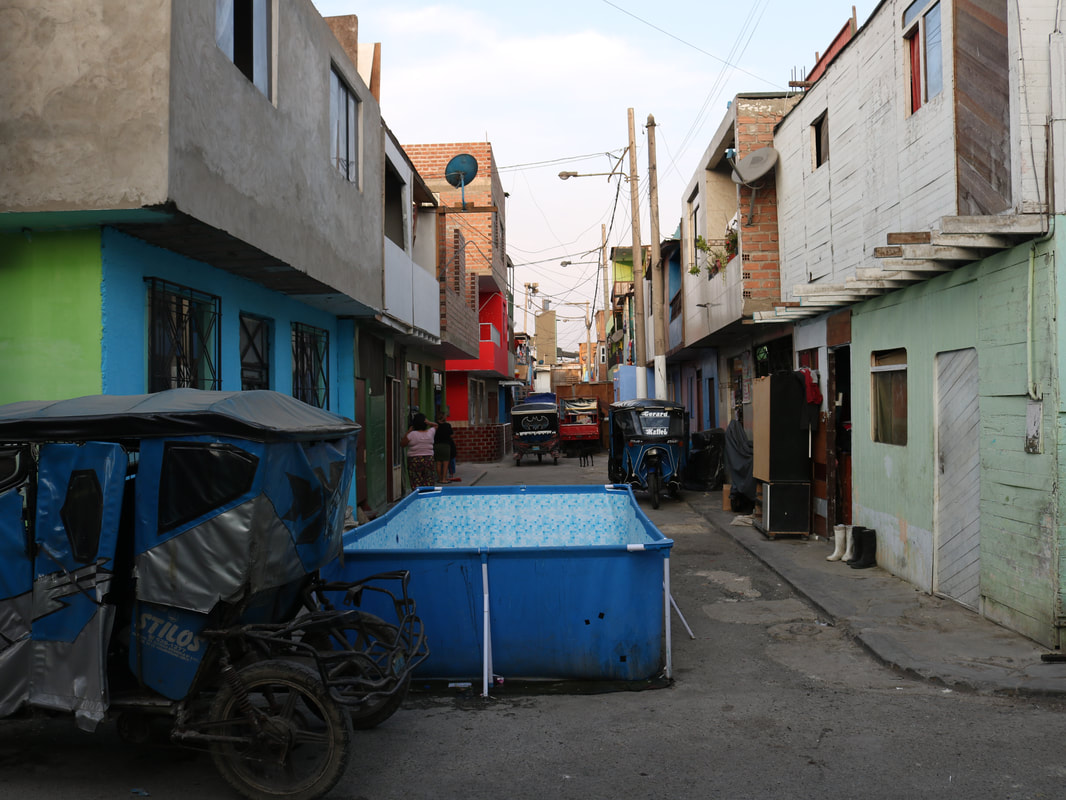How do social structures shape how people interpret, experience, and respond to violence?
Violence is not evenly distributed. Studies have shown that communities riddled with violence are poorer and hold a social stigma that portrays them as naturally violent and incorrigible.
Scholars of violence have have approached the study of violence by compartmentalizing it, defining it as physical, and focusing on the material conditions that lead to violent actions. I contend that these approximation have led to two main issues. First, they have created a hierarchy of violence in which public forms of violence are considered more important than violence in the private space. Second, they have perpetuated the stigmatization of marginalized communities by reinforcing a binary explanation of violence, which links violence to a culture of poverty or explains violence as a form of resistance to oppressive structures. To respond to these problems, I study violence by examining its horizontal and vertical dimensions, meaning how violence moves across private and public spaces and across the individual, community, and societal scales. Furthermore, to better understand violence across these dimensions, I centre marginalized women’s experiences of violence. Since violence affects the structure of families and social relations, and women are at the centre of these relations, their understandings and responses to violence highlight how violence occurs and reproduces. |


